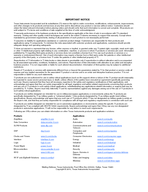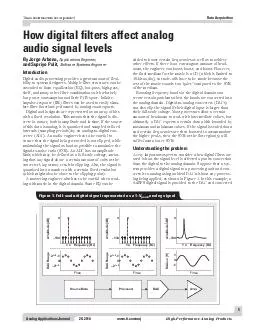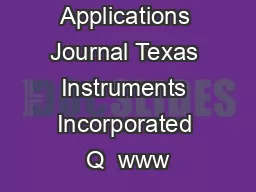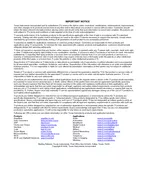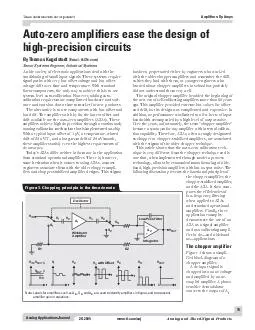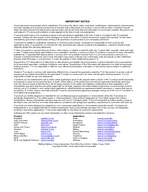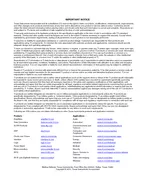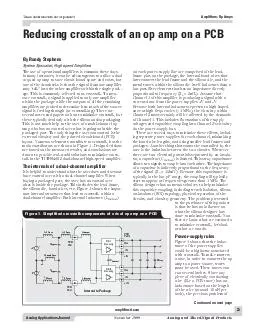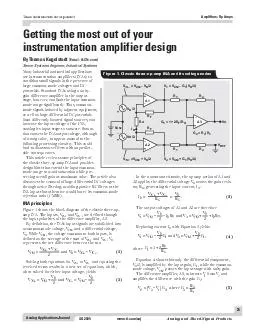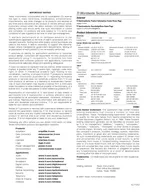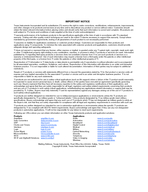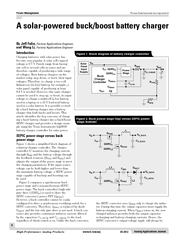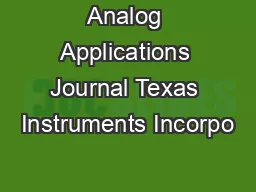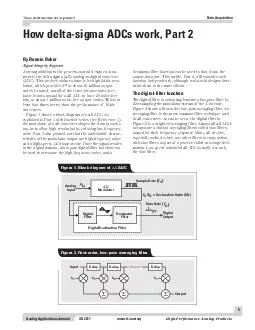PDF-Analog Applications Journal Texas Instruments Incorporated HighPerformance Analog Products
Author : jane-oiler | Published Date : 2014-12-04
ticomaa 2Q 2010 Power Management Designing DCDC converters based on ZETA topology Introduction Similar to the SEPIC DCDC converter topology the ZETA converter topology
Presentation Embed Code
Download Presentation
Download Presentation The PPT/PDF document "Analog Applications Journal Texas Instru..." is the property of its rightful owner. Permission is granted to download and print the materials on this website for personal, non-commercial use only, and to display it on your personal computer provided you do not modify the materials and that you retain all copyright notices contained in the materials. By downloading content from our website, you accept the terms of this agreement.
Analog Applications Journal Texas Instruments Incorporated HighPerformance Analog Products: Transcript
ticomaa 2Q 2010 Power Management Designing DCDC converters based on ZETA topology Introduction Similar to the SEPIC DCDC converter topology the ZETA converter topology provides a positive output voltage from an input voltage that varies above and bel. ticomaaj HighPerformance Analog Products Clock jitter analyzed in the time domain Part 3 Introduction Part 1 of this threepart article series focused on how to accurately estimate jitter from a clock source and combine it with the aperture jitter of ticomaa HighPerformance Analog Products Data Acquisition How digital filters affect analog audio signal levels Introduction Digital audio processing provides a great amount of flexi bility to system designers Multiple filter structures can be cascade ticomaaj HighPerformance Analog Products Source resistance and noise considerations in amplifiers Introduction In many applications it is critical to design for low noise Different types of sensors filters and audio designs are common examples where ticomaaj 4Q 2008 Amplifiers Op Amps Input impedance matching with fully differential amplifiers Introduction Impedance matching is widely used in the transmission of signals in many end applica tions across the industrial communications video medi ca ticomaaj Analog and MixedSignal Products Autozero amplifiers ease the design of highprecision circuits A wide variety of electronic applications deal with the conditioning of small input signals These systems require signal paths with very low offset ticomaaj 2Q 2009 Analog Applications Journal HighPerformance Analog Products wwwticomaaj 2Q 2009 Texas Instruments Incorporated 12 Power Management Designing a linear LiIon battery charger with powerpath control In theory a linear battery charger wit ticomaa 3Q 2010 Power Management Coupled inductors broaden DCDC converter usage Introduction Recently inductor manufacturers have begun to release offtheshelf coupled inductors Consisting of two separate inductors wound on the same core coupled induc ticom Reducing crosstalk of an op amp on a PCB The use of operational amplifiers is common these days In many instances it can be advantageous to utilize a dual or quad op amp to save circuit board space and costs but one of the drawbacks is that the ticomaaj Analog and MixedSignal Products Getting the most out of your instrumentation amplifier design Many industrial and medical applications use instrumentation amplifiers INAs to condition small signals in the presence of large commonmode voltage ticomaaj 1Q 2007 Accurately measuring ADC driving circuit settling time Introduction Many modern data acquisition systems consist of high speed highresolution ADCs CMOSswitched capacitor based ADCs are often chosen for such designs due to their low c The strobe G input must be at a low logic level to enable the data selectionmultiplexing function A high level at the strobe terminal forces the W output high and the Y output low The SN54F151B is characterized for operation over the full military ticomaaj 2Q 2012 Texas Instruments Incorporated A solarpowered buckboost battery charger Introduction Charging batteries with solar power has become very popular A solar cells typical voltage is 07 V Panels range from having one cell to several cells ticomaaj HighPerformance Analog Products A boosttopology battery charger powered from a solar panel Introduction Solar charging of batteries has recently become very popu ar A solar cells typical voltage is 07 V Many panels have eight cells in series ticomaaj HighPerformance Analog Products How deltasigma ADCs work Part 2 A strong addition to the processcontrol design environ ment is the deltasigma 6 analogtodigital converter ADC This devices claim to fame is its high 24bit reso lution which pr
Download Document
Here is the link to download the presentation.
"Analog Applications Journal Texas Instruments Incorporated HighPerformance Analog Products"The content belongs to its owner. You may download and print it for personal use, without modification, and keep all copyright notices. By downloading, you agree to these terms.
Related Documents

